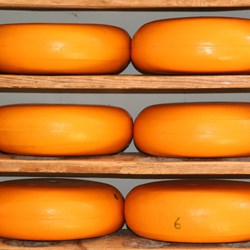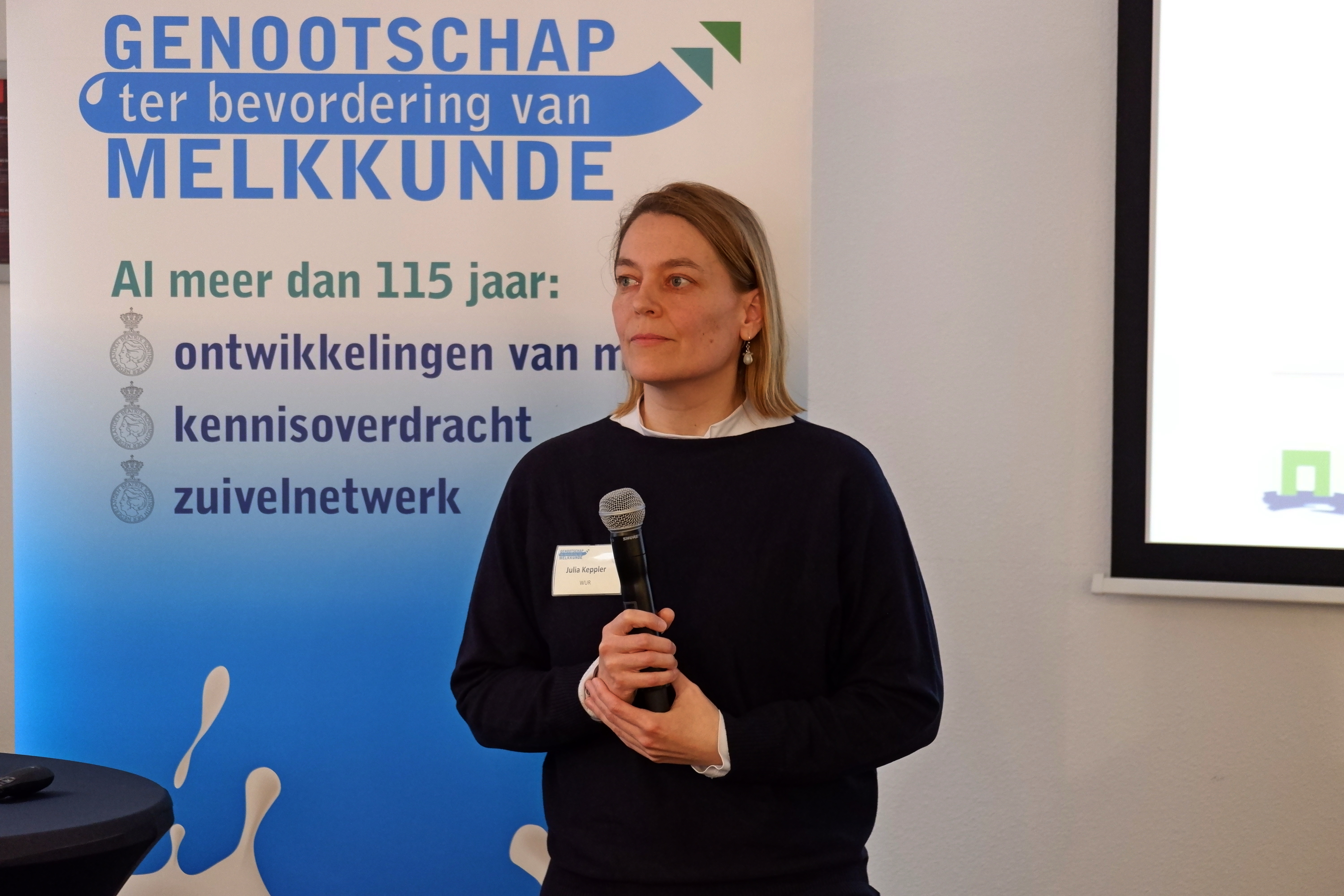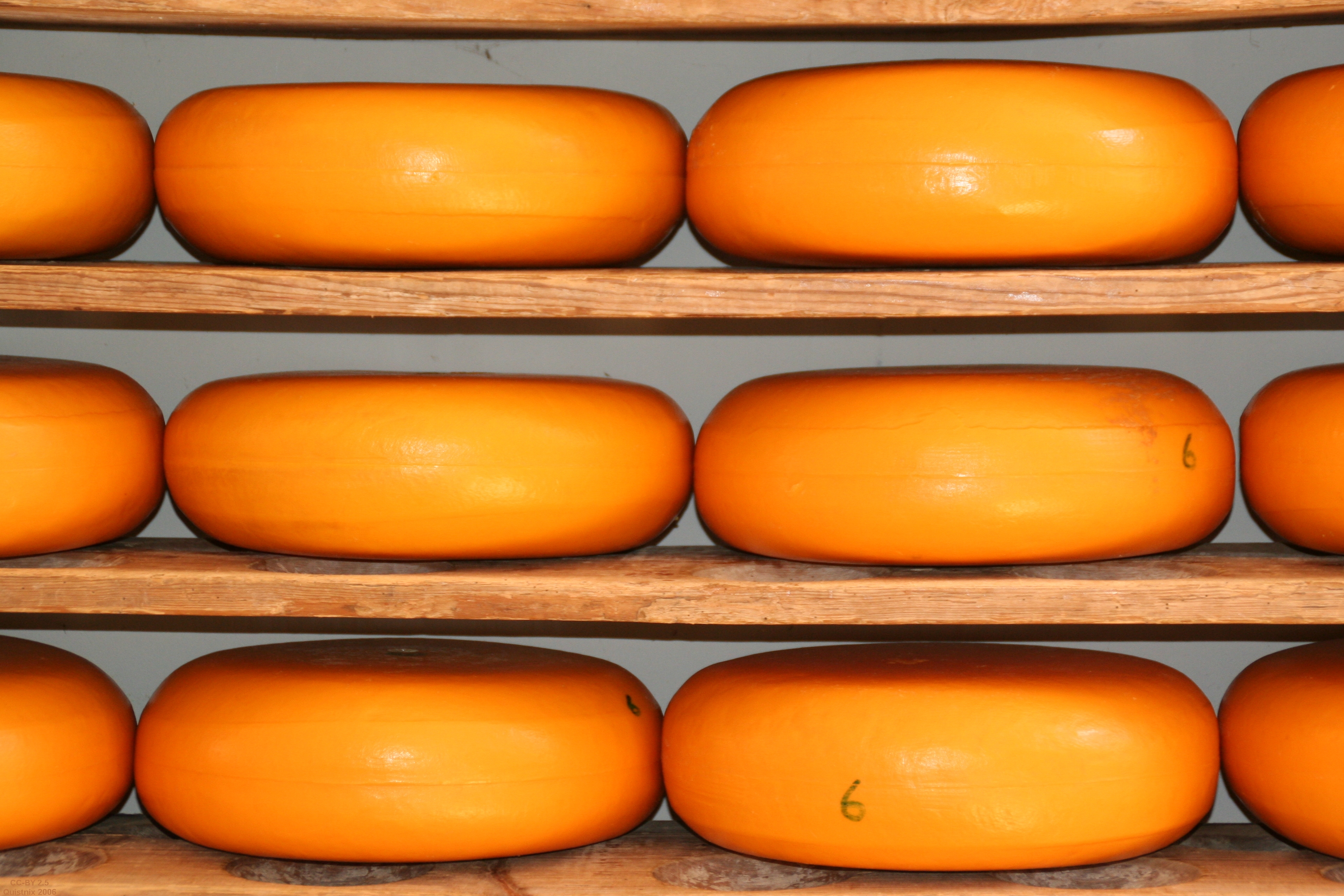


How can microorganisms be used to manufacture alternative (milk) proteins? This can be achieved in two ways, explained Julia Keppler of Wageningen University & Research at the spring congress of the Society for the Advancement of Dairy Science.
The first is the cellular method, in which animal stem cells are incubated to create a type of 'laboratory udder' that produces 'milk'. The other is the acellular method, in which (genetic) microorganisms in a bioreactor are used to convert substrates into new milk proteins”, explained Julia Keppler, Associate Professor of Functionality Driven Protein Processing at WUR. The latter method is also known as precision fermentation.

Stem Cells
As an example of protein produced by stem cells, Keppler referred to recombined β-lactoglobulin (the main whey protein in cows: editor). She compared its properties to the animal variant, through which several variants could be ascertained. The functionality of the variants was determined, and the structure was found to differ from that of cow-derived proteins and those from cells.
Physiochemical and Emulsifying Properties
The physio chemical and emulsifying properties of both types of β-lactoglobulin were also compared and found to be similar. The protein was subsequently purified from a solution containing various reaction products. An example of purification with polyphosphate was demonstrated. Mannans (polysaccharides that yield glucose and mannose on hydrolysis) were still present, but did not affect emulsion stability. This needs to be cost-efficient, but requires further investigation, Keppler noted.

Cheese
Keppler: “It is a matter of whether phosphate is necessary to achieve the structure and/or whether micelles are needed to make cheese. Fat is also needed, and it is a question of whether the isolated proteins are sustainable. A carbon source is needed to produce casein, and chromatography is required to separate the proteins from other reaction products. The process requires further optimisation to make it more sustainable than animal proteins." She believes that this method could offer consumers a choice between animal-produced proteins, plant-based proteins and proteins produced by microorganisms. “However, there is still work to be done in the areas of safety, EU legislation, sustainability and sensory properties", Keppler told us.

Collagen peptides are becoming ever more popular for beauty treatments. “However, there is still much need for consumer awareness and information from health care professionals”, says Tess Plaquet of Rousselot.

Artificial Intelligence and machine learning are taking giant strides. For his doctorate, Michiel Schreurs at KU Leuven researched how we can use AI to predict and understand the flavour of foodstuffs; where better to start than with Belgian beer. He starts off first of all with general conclusions on Artificial Intelligence and machine learning...

The chocolate industry is facing an unprecedented challenge. Climate change and years of underinvestment in cocoa plantations have led to a drastic rise in cocoa prices in the last year.

The Intrafood:24 seminar programme covers two current topics: ‘Applying AI in product development’ and ‘Contemporary, healthy nutritional concepts with sustainable natural ingredients’, explains Professor Koen Dewettinck (Ghent University) at this edition of the Intrafood fair to be held on 25 and 26 September 2024.